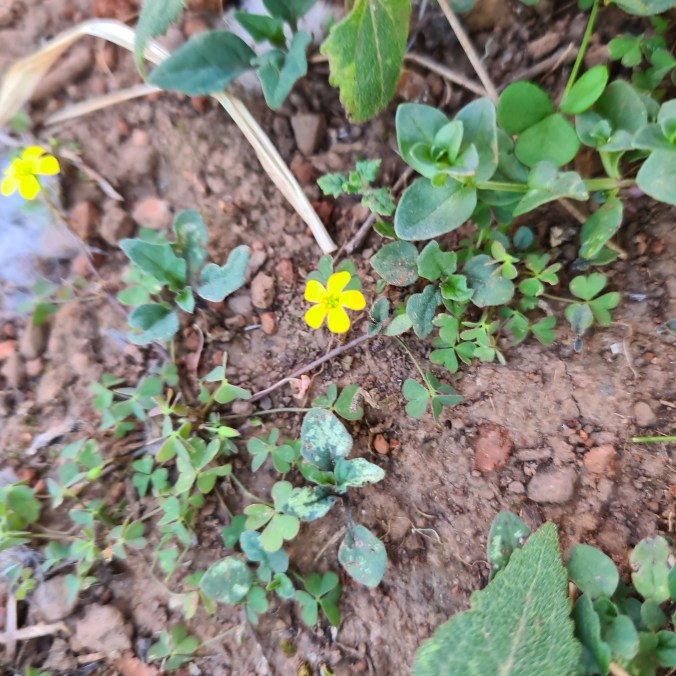So I have been trying to get back to finishing my earthbag bathroom for several seasons now. There is always something to stop me; drought (no water to make moist soil), fires, flood, a damned plague and now a lot of working days. While this is the perfect time for us to get into bagging the walls, my partner has decided he wants to have a quick, fairly easy bathroom option…so we replanned the whole thing to build it indoors (because he always gets his own way… pout).

My office space has been used as a dump site for all those things that don’t really have a place inside, but need to be inside (empty bottles for wine making, bulk pasture grass, tents and camping gear, the list goes on). So I decided to donate my unusable space to the bathroom cause…I emptied out everything and got rid of a lot of stuff (I am now a digital immigrant) and moved out all that extra stuff. It mis amazing to me that we manage to attract so much junk; I don’t buy a lot of things and I try to reduce at every opportunity, but still we are drowning in possessions. Clearing out the office space was actually really freeing for me as I realised that I hadn’t used a lot of that stuff for years and therrefore didn’t need it.
We were luck enough to buy a second hand shower bay from a local renovator. It is a huge fibreglass shape with holes for the shower head and taps. We bought it home in the trailer and it sat in the newly empty office space for months, I used it to store washing in. The washing machine was moved over to the bathroom area with no fuss and we began to enjoy gazing out the window while washing. My partner eventually built a frame for the shower bay to sit in and fitted a drain to it to take the waste water out to the planned new self watering garden beds (that aren’t built yet, of course).

The water is heated by the camping gas water heater we had in the shed. The water is stored in a small tank and pumped to the gas instantanious water heater by a 12 Volt water pump. The water temperature can be set on the heating unit before you get into the shower. This system is a bit complicated, but it stops us using too much water by luxuriating in the warm water. We can only use as much water as we put in the tank.

We now use more than 10 litres each per shower, it is up to about 50 litres each, but the warm, indoor shower is worth the cost.

Even the dogs appreciate having a place to have a warm bath.
The only downfall (pun intended) is the height we had to put the shower bay at; to allow for drainage. This high shower means that we have to essentially climb up and down when having a shower. There are plans to build a step eventually, but for now, it just means we are careful about getting in and out (it keeps us flexible).
It is hard to describe the feeling of luxury we have when showering indoors, with warm water. Every night I have a warm shower and climb into bed, enjoying not having had to carry a bucket of water out into the cold wind and rain (sometimes), then shiver my way back indoors to stand in front of the fire warming up. I enjoy the luxury of feeling warm water running over my head in a steady stream while I wash my hair. I feel rich and decadent, I am so very grateful for the opportunity to feel pampered and I am sure the wildlife appreciates not being disturbed by our noise and lights while we shower outdoors too.










































































